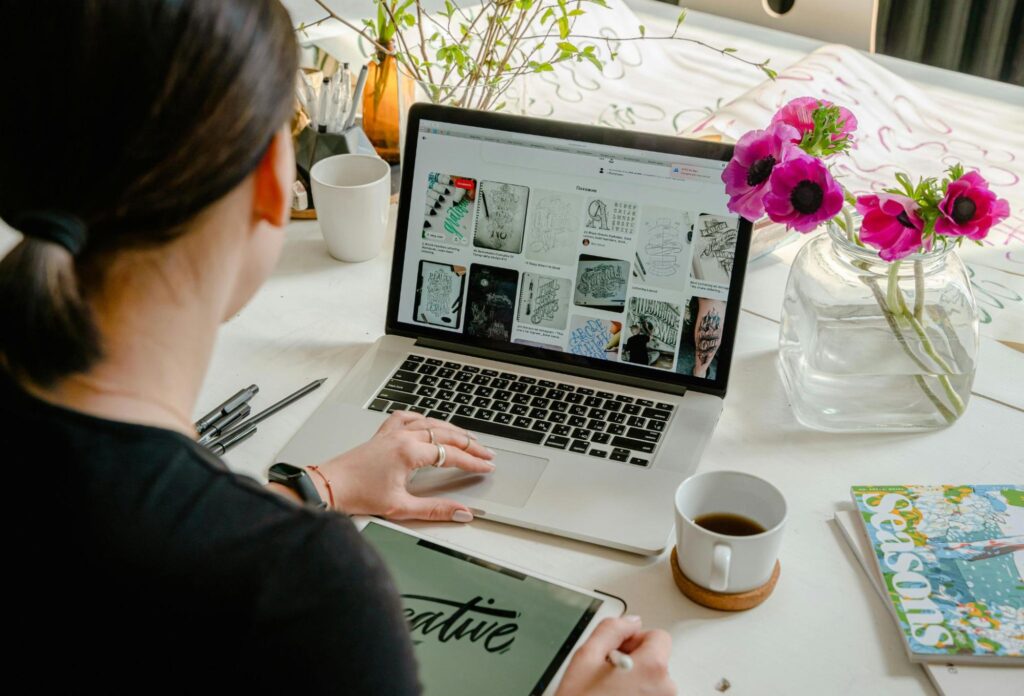In the fast-paced digital world, a compelling logo isn’t just a fancy graphic adorning your website. It’s the face of your brand, a silent ambassador, and a secret weapon to engage your audience. This article explores the art of designing logos with a logo builder, a tool that’s transforming the branding landscape. Logo builders, with their user-friendly interfaces and rich design libraries, are empowering even non-designers to create stunning logos. They’re breaking the myth that only seasoned designers can craft logos that resonate. But how can you leverage these tools to create a logo that truly engages? Let’s dive in and find out.
Understanding Logo Builders
Benefits of Using Logo Builders
Logo builders harbor several advantages, making it a go-to option for many budding brands and start-ups. For one, they offer a wealth of design templates, fostering creativity and diversity in logo designs. With these tools, users achieve a level of customization that tailors to a brand’s specific needs.
For instance, a logo builder could provide an array of color schemes, font types, and graphic elements. Simultaneously, it grants users the leeway to experiment and tweak design aspects until they hit the bull’s eye, reflecting their brand’s identity.
Another upside of logo builders lies in their cost-efficiency. Typically, they offer affordable rates compared to hiring a professional designer. That’s particularly beneficial to those with a constrained budget.
Challenges in Using Logo Builders
On the flip side, logo builders do pose certain challenges. A major concern is the potential lack of uniqueness in designs. Since logo builders rely heavily on pre-designed templates, there’s a risk of brands having similar logos.
Take, for example, two businesses both choosing a lion as their logo design from a common logo builder. The potential overlap could detract from the sense of originality and distinctiveness that logos represent.
Moreover, despite its user-friendly interface, certain users may find the process overwhelming. That’s largely due to the flood of choices they have to sift through. From colors, fonts to design elements, they must nail down each detail before finalizing the logo.
Lastly, some users might feel limited by the available design options on a logo builder platform. For such users, seeking a professional designer’s services provides more design flexibility, albeit at a steeper price.

Despite these challenges, logo builders remain a preferred choice for many due to the manifold benefits they offer. The trick lies in understanding one’s brand fully and leveraging the right features to create a distinct, compelling logo.
Engaging Your Audience Through Logo Design
Psychological Impact of Colors and Shapes
In logo design, consider the potent impact colors and shapes hold. They’re not just visually appealing, they stimulate psychological responses. For instance, the color blue exhibits trust and reliability, suitable for companies wanting to portray a solid, dependable image, Citibank and Ford, for instance. On the other hand, shapes influence perceptions too. Circles denote unity and commitment, as portrayed in the logos for Target and Pepsi.
Moreover, a logo builder offers a variety of shapes and colors. This variety offers a chance to experiment and find an engaging combination that aligns with the brand’s identity. There’s no one-size-fits-all, each color and shape stirs a different emotion, giving ample opportunity to create compelling logos.
Tailoring Logos to Target Demographics
Moreover, logos resonate better when they cater to the target demographics. A logo builder allows customization; it’s possible to experiment and tweak the design till it reverberates with the intended audience. For example, vibrant, energetic colors and innovative shapes would likely attract younger audiences, as seen in the MTV logo. Conversely, neutral colors and classic styles could be more appealing to a mature and conservative demographic, demonstrated by the Times logo.
Logos function as a visual interpreter for the brand; they should mirror the expectations and preferences of the consumer demographic. Utilizing a logo builder effectively involves knowledge of the brand as well as its audience. A well-designed, custom logo can speak volumes, making a brand relatable and, ultimately, engaging to its audience.
Steps to Design a Logo With a Logo Builder
Planning Your Design
Using a logo builder starts with a planned design. This groundwork incorporates your brand’s identity and message.

Firstly, consider the industry, target demographic and the message the logo intends to convey. Bear in mind that simpler designs, for instance, Apple’s Apple, are often easier for audiences to recall and identify. Use the logo builder to experiment with different design elements. An idea can be sketched on paper before moving to digital formatting. This jumpstarts the design process by providing a guideline when using the logo builder.
Conclusion
Harnessing the power of logo builders, anyone can now design compelling logos that resonate with their brand’s identity and engage their audience effectively. These intuitive tools offer an array of design options, making it easier to create logos that speak volumes about a brand’s ethos without demanding professional design skills. While challenges exist, they’re easily navigable with a strategic approach. Remember, simpler designs often leave a lasting impression, and preliminary sketching can guide the digital design process. Moreover, understanding the psychological impact of colors and shapes, along with tailoring designs to meet consumer expectations, can significantly enhance audience engagement. So, it’s time to leverage logo builders and create designs that not only represent your brand but also captivate your audience, driving your business success in the digital realm.

